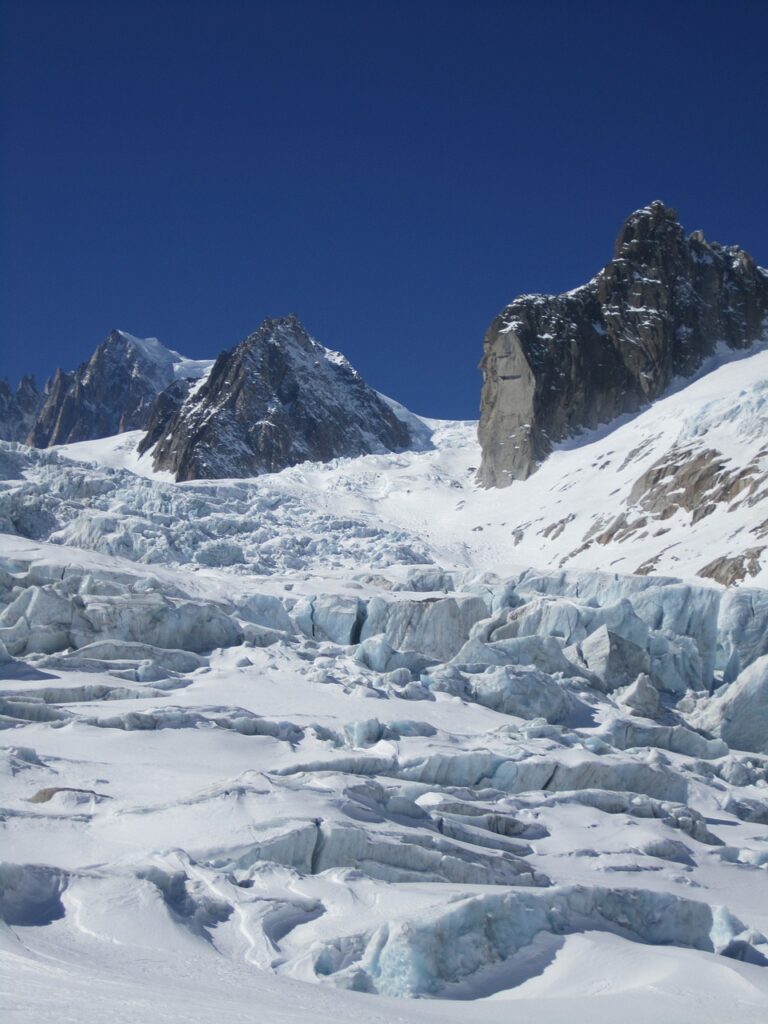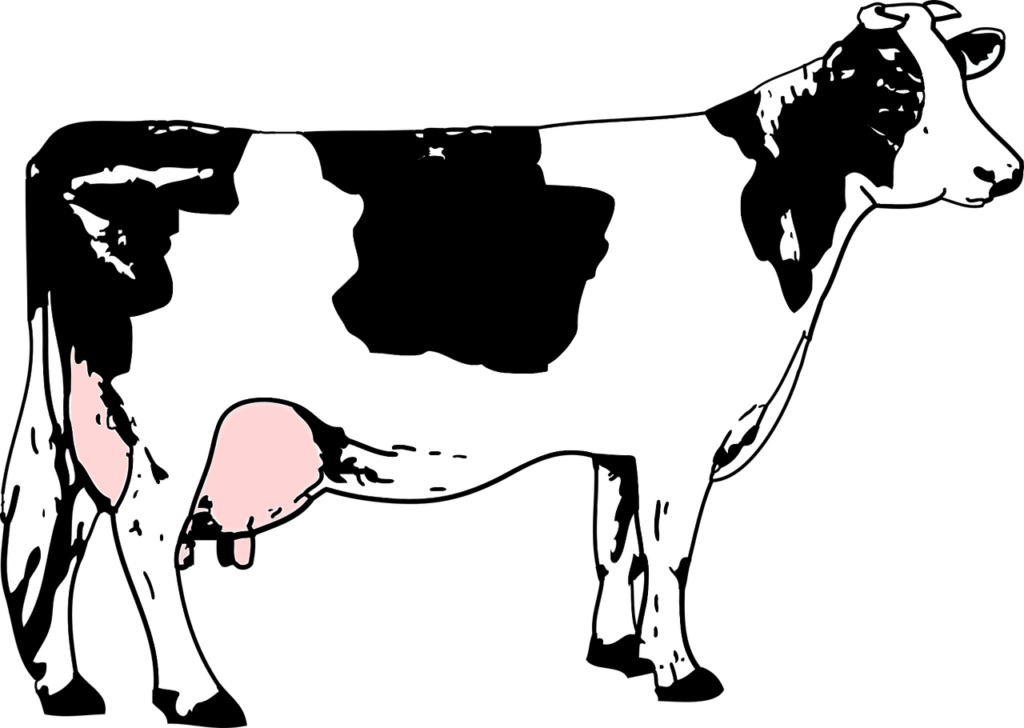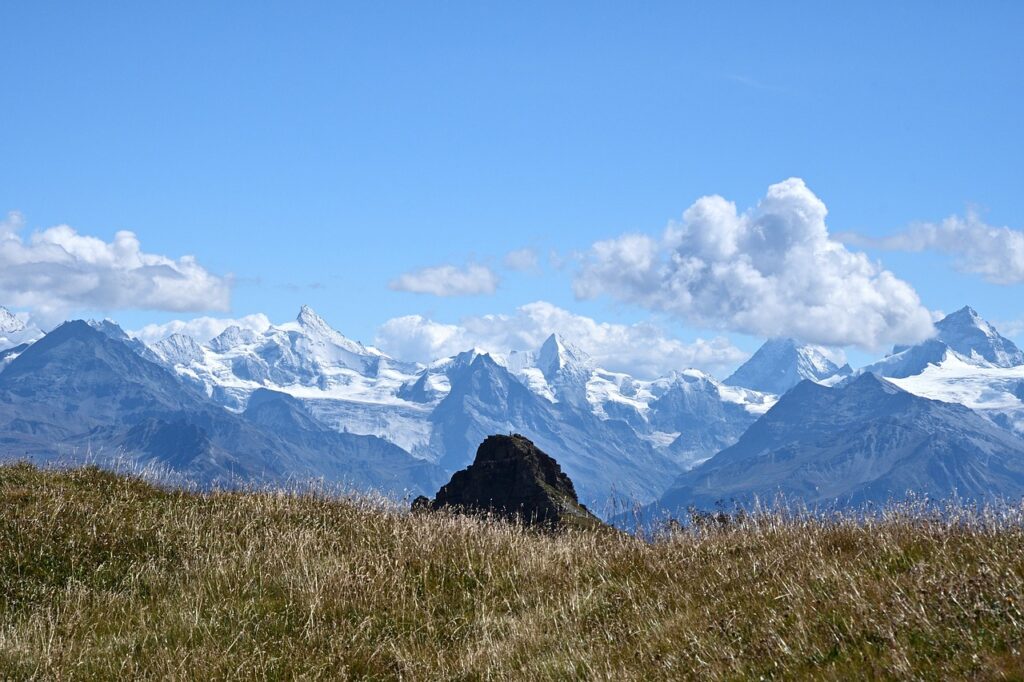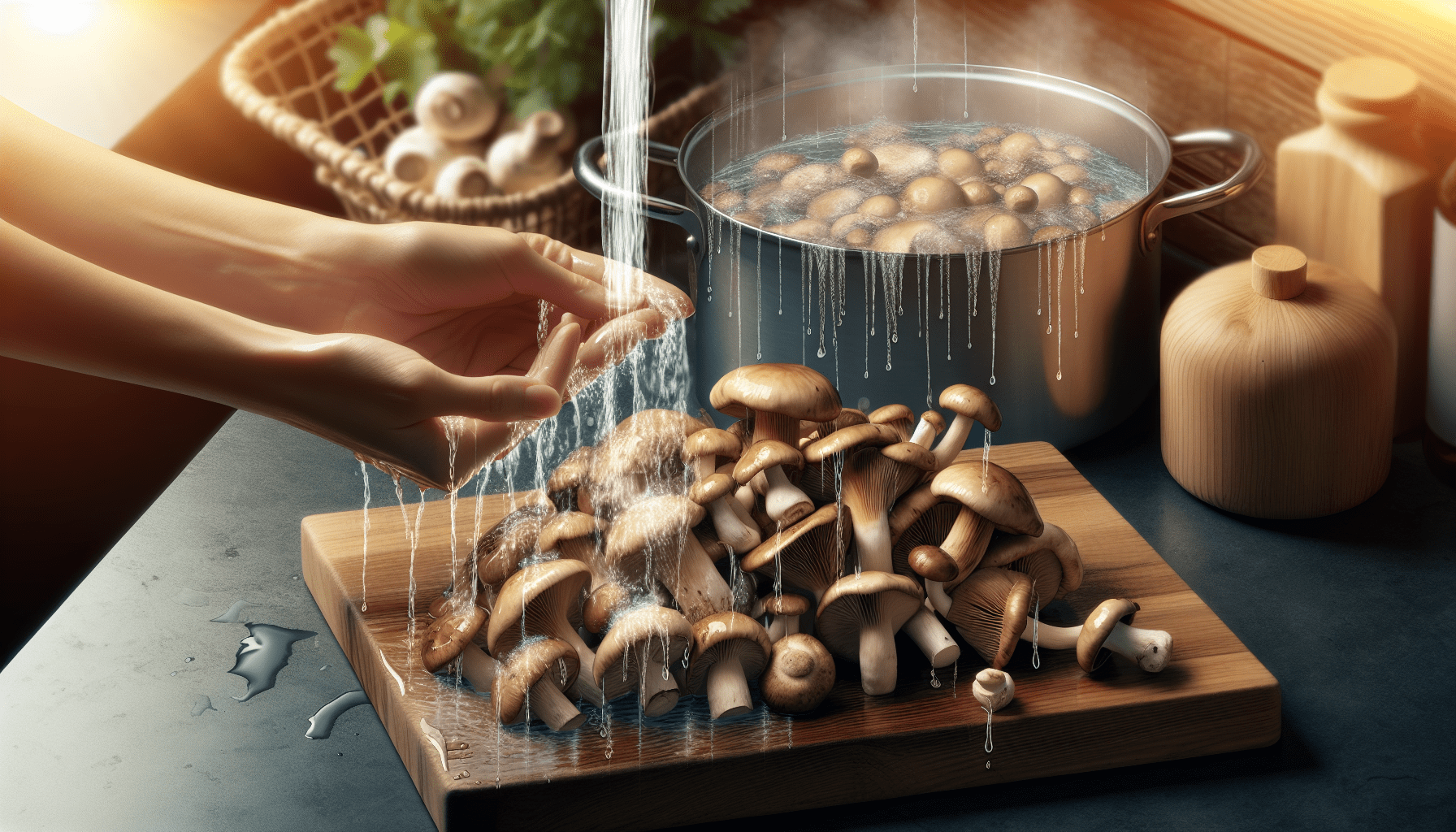In cooking, blanching is a process of quickly boiling and then shocking vegetables in ice water to stop the cooking process. When it comes to freezing mushrooms, blanching before freezing helps preserve their texture, color, and flavor. By blanching mushrooms before freezing, you can ensure they will retain their quality once thawed and cooked in your favorite dishes. So next time you have a surplus of mushrooms, consider blanching them before freezing for optimal results. Do I need to blanch mushrooms before freezing?

Yes, you should blanch mushrooms before freezing them.
Blanching is a process where you briefly cook or boil the mushrooms before freezing them. This helps to maintain the quality and flavor of the mushrooms when they are frozen and later thawed. While blanching may seem like an extra step, it can make a significant difference in the taste and texture of your frozen mushrooms.
Why should you blanch mushrooms before freezing?
Blanching mushrooms before freezing them serves several purposes. Firstly, it helps to kill any bacteria present on the mushrooms, which can prevent them from spoiling while stored in the freezer. Additionally, blanching can help to preserve the color, texture, and flavor of the mushrooms, ensuring they taste as fresh as possible when you use them in cooking.
How to blanch mushrooms before freezing
Blanching mushrooms before freezing is a relatively simple process. Here’s a step-by-step guide on how to do it:
-
Start by cleaning the mushrooms to remove any dirt or debris. You can use a damp cloth or paper towel to gently wipe the mushrooms clean. Avoid soaking the mushrooms in water, as they can absorb moisture and become slimy.
-
Slice the mushrooms to your desired thickness. You can slice them thinly or keep them whole, depending on how you plan to use them in recipes later.
-
Bring a large pot of water to a boil. You’ll want enough water to fully submerge the mushrooms during the blanching process.
-
Once the water is boiling, add the sliced mushrooms to the pot. Cook them for 1-3 minutes, depending on the size of the mushrooms. Larger pieces may require longer blanching times.
-
While the mushrooms are blanching, prepare a bowl of ice water. Once the mushrooms have finished blanching, use a slotted spoon to transfer them to the ice water bath. This will stop the cooking process and help the mushrooms retain their texture and color.
-
After the mushrooms have cooled in the ice water for a couple of minutes, drain them well and pat them dry with a paper towel.
-
Place the blanched and dried mushrooms in a freezer-safe container or bag. Make sure to remove as much air as possible from the container before sealing it to prevent freezer burn.
How long to blanch mushrooms before freezing
The length of time you should blanch mushrooms before freezing can vary depending on the size and type of mushrooms you are using. Here are some general guidelines:
- Small mushrooms (e.g., whole button mushrooms): 1-2 minutes
- Medium mushrooms (e.g., sliced cremini mushrooms): 2-3 minutes
- Large mushrooms (e.g., portobello mushrooms): 3-5 minutes
It’s essential not to overcook the mushrooms during the blanching process, as this can affect their texture and flavor once they are frozen and thawed. Keep a close eye on the mushrooms while blanching and test them for doneness by sampling a piece to ensure they are cooked just right.

Can you freeze mushrooms without blanching?
While blanching mushrooms before freezing is recommended to maintain their quality, you can technically freeze mushrooms without blanching them. However, keep in mind that unblanched mushrooms may not retain their texture, color, or flavor as well as blanched mushrooms when stored in the freezer.
If you choose to freeze mushrooms without blanching, be prepared for potentially softer and darker mushrooms when you thaw and cook them. To freeze mushrooms without blanching, simply clean and slice them as usual, then place them in a freezer-safe container or bag and freeze them immediately.
How to use frozen mushrooms after blanching
After blanching and freezing mushrooms, you can store them in the freezer for up to six months. When you’re ready to use them, there’s no need to thaw them first. You can add frozen mushrooms directly to soups, stews, stir-fries, or other dishes during cooking.
Frozen mushrooms may release more liquid when cooked, so you may need to adjust the cooking time or add a bit more seasoning to compensate for the extra moisture. Otherwise, you can use frozen mushrooms in place of fresh mushrooms in your favorite recipes with ease.

Different ways to use frozen mushrooms
Frozen mushrooms can be used in a variety of dishes, just like fresh mushrooms. Here are some ideas for how to use frozen mushrooms in your cooking:
- Add frozen mushrooms to soups and stews for added flavor and texture.
- Use frozen mushrooms in stir-fries or sautés to create a quick and easy meal.
- Incorporate frozen mushrooms into pasta dishes, risottos, or casseroles for a savory boost.
- Make a mushroom sauce or gravy using frozen mushrooms as a base for dishes like steaks or roasted vegetables.
The possibilities are endless when it comes to using frozen mushrooms in your cooking. Experiment with different recipes and techniques to find the best way to incorporate them into your meals.
In summary
Blanching mushrooms before freezing is a simple yet essential step to maintain the quality and flavor of the mushrooms when stored in the freezer. By following the blanching process outlined above, you can ensure that your frozen mushrooms taste fresh and delicious when you use them in cooking. Whether you’re preparing a large batch of mushrooms for the future or looking to preserve an abundance of fresh mushrooms, blanching and freezing is a practical way to extend their shelf life and maximize their culinary potential.

